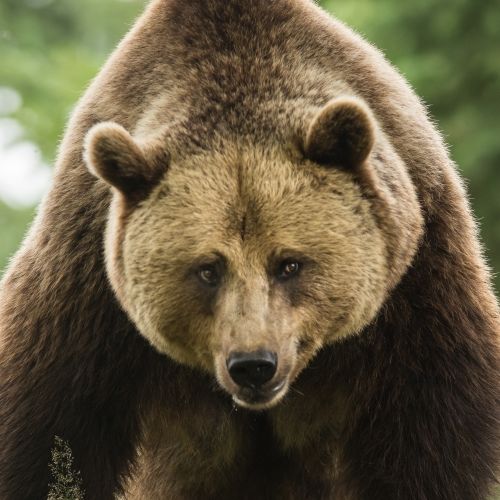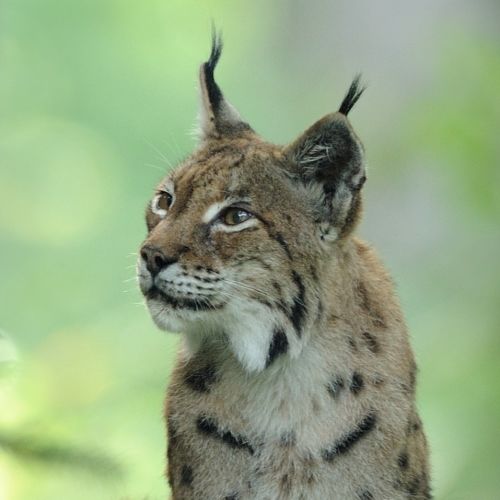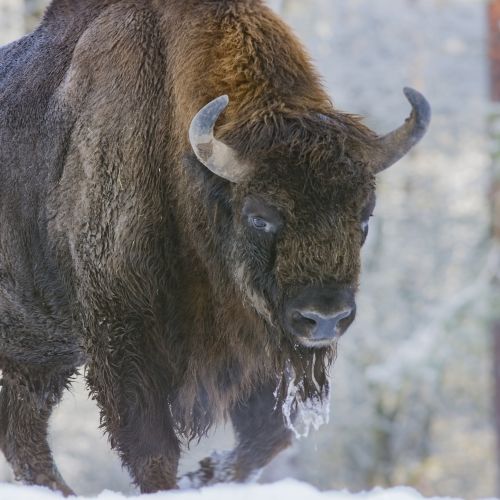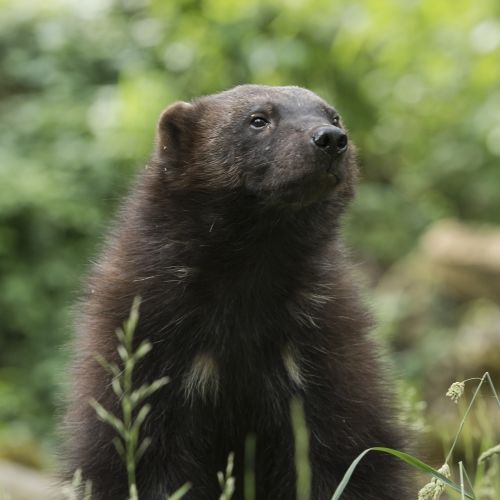The griffon vulture
Near the sinkhole where the river disappears to meander its way underground, a flock of birds has settled on the rocks, in the shadow of the towering pines. Noisy and boisterous, they buzz around, and squabble over a carcass. One of them is vigorously beating his wings, chasing his companions away for a moment, so he can enjoy the feast on his own, the rapacious rogue! With its long slender neck, hooked beak and huge wingspan, the griffon vulture is a surprising animal, a real curiosity of nature.
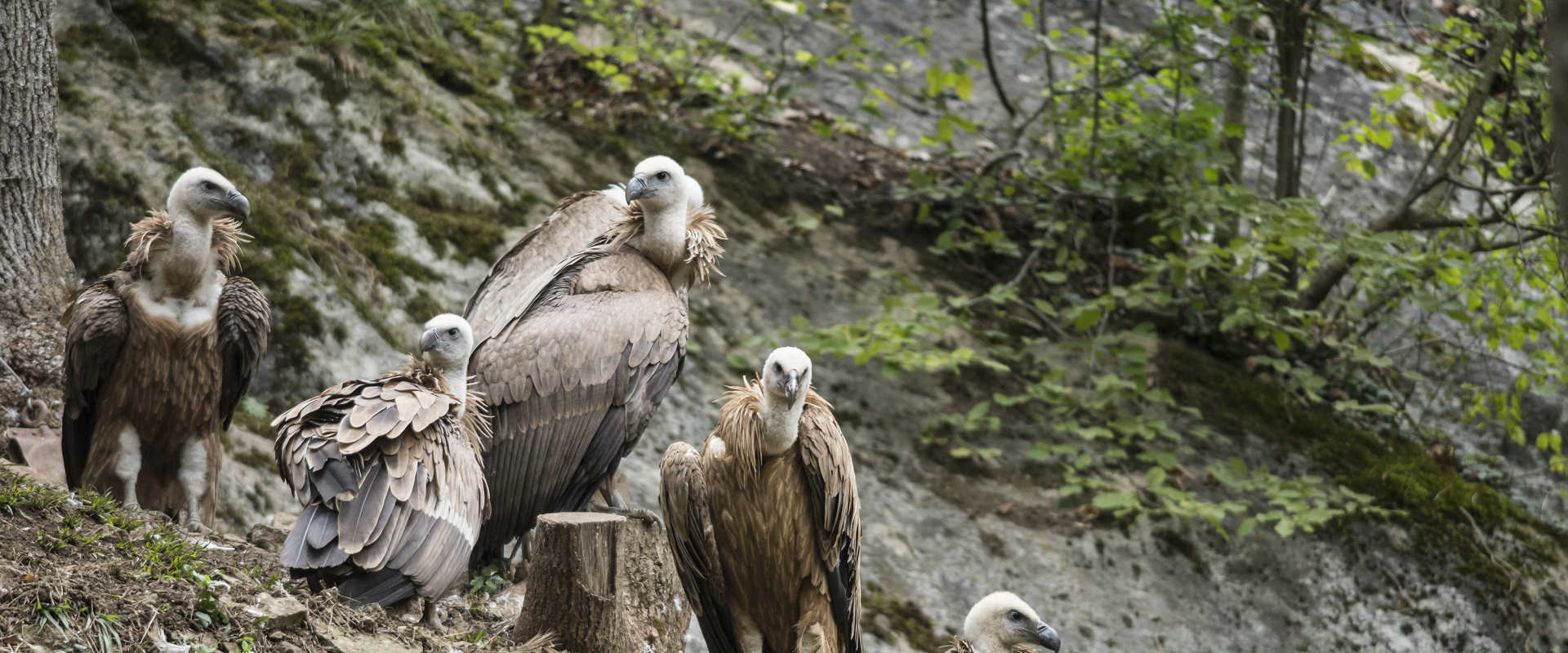
The griffon vulture (also known as the Eurasian vulture) is a scavenger vulture: it only feeds off the carcasses of dead animals. It has relatively weak claws which is why it cannot attack live prey. But, it uses its powerful, hooked beak to rip and tear the meat from carcasses, while its long neck allows it to reach inside carcasses to feed on the innards. By being nature’s cleaning crew vultures prevent the spread of diseases generated by putrefying carcasses. But because of its scavenger diet the griffon vulture is sometimes the victim of lead poisoning (the result of hunting) or can even be poisoned by the drug residues (used in livestock farming) in the carcasses.
Incapable of beating its wings over a long period of time, it uses rising air currents to glide. When it spots a potential meal, it takes its time and circles around to make sure the animal is really dead. This way, it makes sure it can land without being in danger.
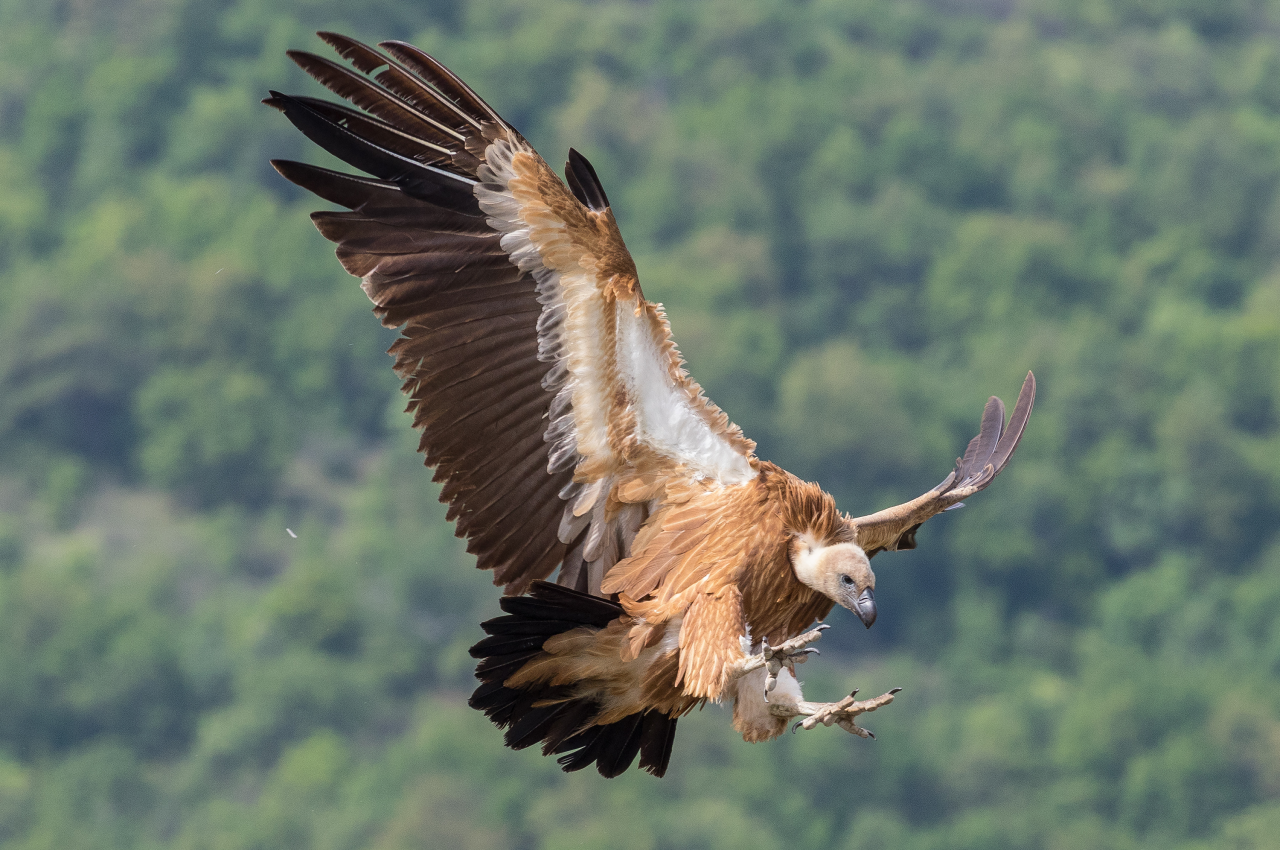
Social life
The griffon vulture is a gregarious animal that lives in colonies of several dozens or several hundreds of individuals. The adults are sedentary, while the younger vultures migrate to Africa in the autumn.
Couples pair for life and they mate towards the end of November. The female lays one single egg, somewhere between late December and early March. Both parents take care of the brooding, which lasts about 50 days.
Did you know that?
Griffon vultures nest on rocky ledges or craggy cliffs.
They feed on the softer parts of the carcasses or dead bodies of wild or domestic animals. They don’t eat the bones.
On rare occasions, it is possible to spot griffon vultures in Belgium, usually young individuals that travel long distances before settling in France.
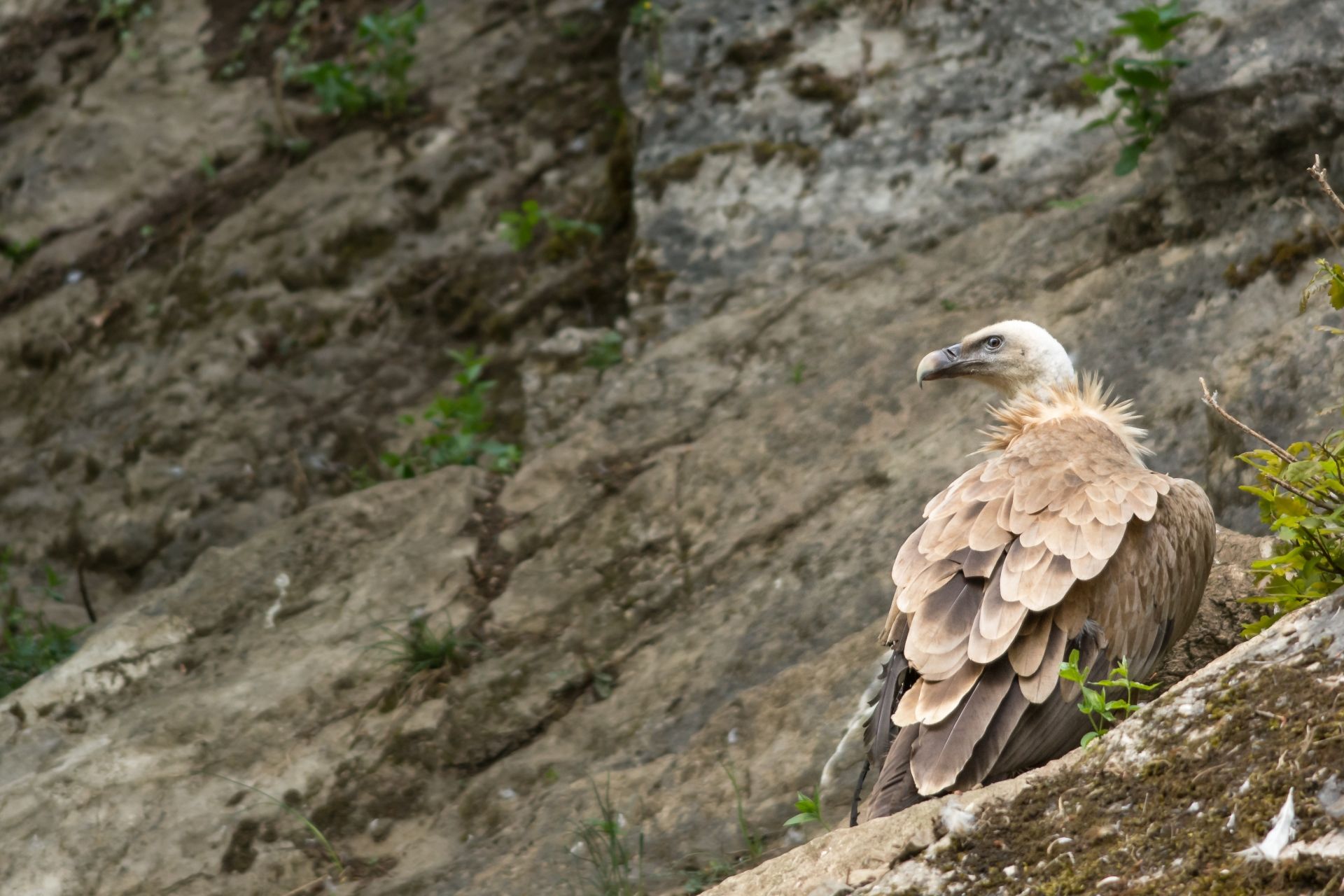
Discover the European Big 5
The bison, the wolverine, the wolf, the lynx and the brown bear
